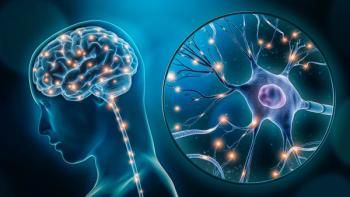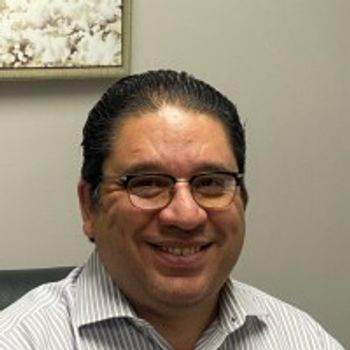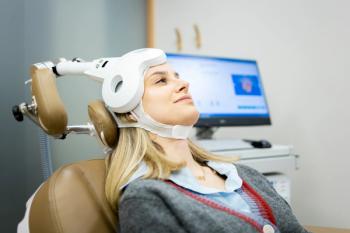
|Slideshows|April 14, 2017
6 Key Questions When You Suspect Melancholia
Author(s)Gordon Parker, MD
Most depressed people acknowledge impaired concentration and other related symptoms-but skilled clinicians can distinguish between non-melancholic depression and melancholia. How? They ask the right questions.
Advertisement
View the slides in PDF format.
Newsletter
Receive trusted psychiatric news, expert analysis, and clinical insights — subscribe today to support your practice and your patients.
Advertisement
Latest CME
Advertisement
Advertisement
Trending on Psychiatric Times
1
Competence and Compassion in the Reiner Family Tragedy
2
FDA Recommends Additional Phase 3 Trial for Brilaroxazine for Schizophrenia
3
Cobenfy for Treatment of Schizophrenia Now Approved in China
4
Dronabinol for Agitation in Autism Spectrum Disorder: Research From the National Update on Behavioral Emergencies Conference
5















